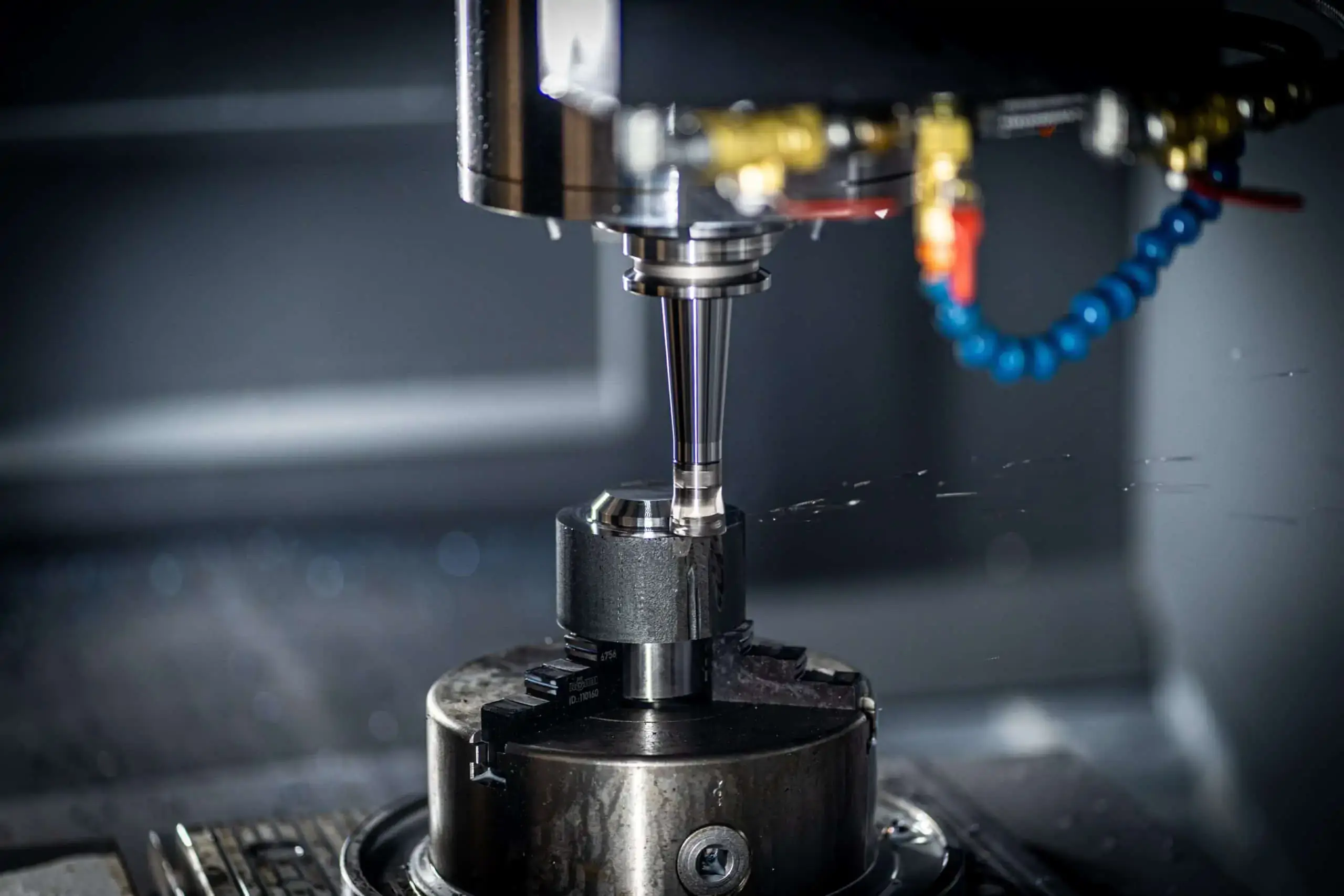Quality CNC Machining: Technologies and Methods for Quality Control and Inspection
Compared with traditional manufacturing, quality CNC machining has a lower probability of error. For example, tactical machining can reduce the error probability of such machine tools to less than 1% through high-quality programming and skilled operators.
These data can better explain the reasons for the growth of the CNC machining industry.
However, even with CNC machines, accuracy may still not be guaranteed as CNC machines require constant quality control to detect deviations and even micron-level errors.
In this article, we will discuss some of the quality control techniques and methods that go into achieving quality CNC machining.
1.What is quality control in quality CNC machining?
Quality control in quality CNC machining is the process of using instruments and techniques to ensure high-quality output that meets industry standards and regulations. It is one of the key factors in the successful manufacture of products.
At the same time, the main goal of quality control is to minimize errors by identifying and defining them. Lack of quality control can result in scrapped parts, costing thousands of dollars.
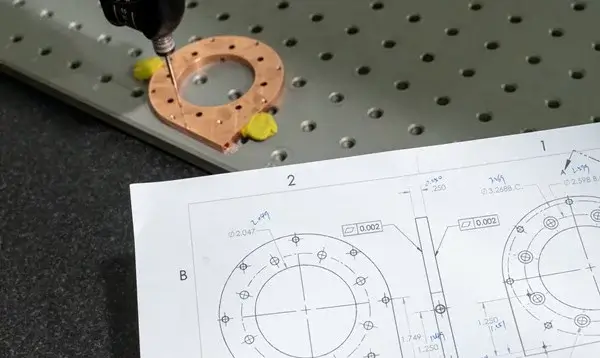
2.Quality Control Parameters in quality CNC Machining
CNC machines rely on key parameters such as computer instructions and raw material quality to achieve accuracy and ensure that all parts fit together to create a perfect product that satisfies customers.
1) Dimensional Accuracy and Tolerance
Dimensional accuracy is a term used to compare the degree of compatibility between the planned and actual dimensions of the output. Tolerance refers to the specific amount of allowed variation in the planned dimension.
For example, if the tolerance is ±0.002 and we have a part with a diameter of 3.000 inches, the acceptable diameter would be 2.998 inches to 3.002 inches.
If the part you are processing does not provide a specific tolerance, you can use the international tolerance standard of +/-0.1mm.
2) Surface finish and roughness
The surface quality of the machined part describes the quality and accuracy of the CNC machine itself, which is measured by a laser scanner with a strict roughness in microns, where the standard for CNC machined surface roughness should be 125μin.
3) Assembly and installation
The machined parts must be perfectly assembled and matched, reflecting dimensional accuracy. The parts need to be synchronized and matched to form a functional product.
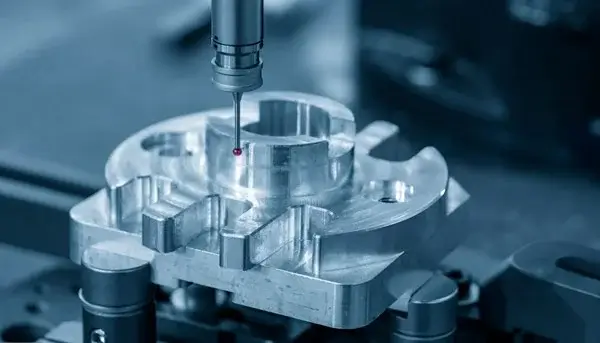
3.QualityCNC machining quality control industry standards and regulations
There are three common quality control standards in the machining industry.
1) ISO 9001
ISO 9001 was published by the International Organization for Standardization (ISO) in 1987 and is one of the most well-known and commonly used quality management systems. It is designed to help companies meet customer expectations and maintain quality products.
2) ISO 16949
This is also a quality management standard focused on the automotive industry, which provides a framework to minimize material waste in the supply chain and achieve a high level of safety.
3) AS9100
This management standard is based on AS9100, which was established in 1999 and focuses on the aerospace industry. Compared with other quality management systems, it has stricter control requirements for products.
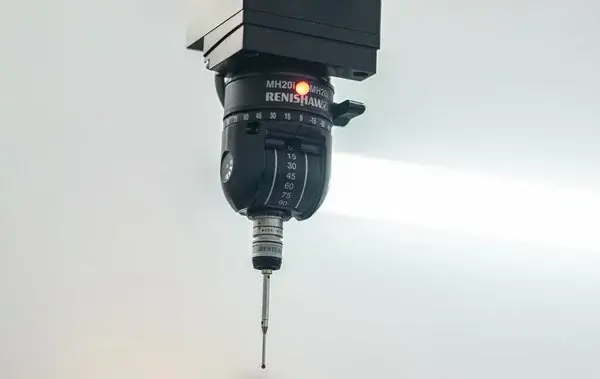
4.What steps are involved in quality control and inspection?
Machined parts require consistent quality control and inspection, so it is a must for manufacturers to follow the next key steps.
1) Raw material and tool inspection
Raw materials are one of the most important and first inspections that must be carried out. These inspections can be carried out through visual inspection upon receipt of the raw materials to ensure that the packaging is not damaged, the surface is completely smooth, and the dimensions meet the design requirements.
Also, ensure that there are no errors in centering and tool movement, such as rotation and linear axis movement capabilities.
2) First Article Inspection (FAI)
The process of verifying that a new or improved product meets manufacturing specifications, dimensional characteristics, and quality requirements. FAI can also verify that the product meets standards and regulations such as ISO9001.
Today, FAI no longer requires complicated paperwork, but there are software that can provide instant review and reduce FAI rejections, such as Net-Inspect’s software.
3) Process Inspection
Process inspection addresses all manufacturing details in the production process by checking the parameters of each part to ensure that it meets all requirements and standards.
4) Final Inspection
The final inspection stage ensures that the machined parts meet quality standards and dimensions by thoroughly checking the details of the manufactured parts, usually implementing CMM, and then assemble with other parts into a complete product.
5) Assembly and Assembly Inspection
After ensuring that all manufactured parts meet quality standards, it is time to the assembly stage, where the manufacturer assembles all the parts together.
Then, the product is checked for compliance with geometric tolerances, and all parts need to be assembled together synchronously to achieve product utility.
6) Statistical Process Control (SPC)
Using static processes to control and manage the work of CNC machines helps manufacturers determine if there are any deviations or errors, thereby ensuring the high quality of CNC machined parts.
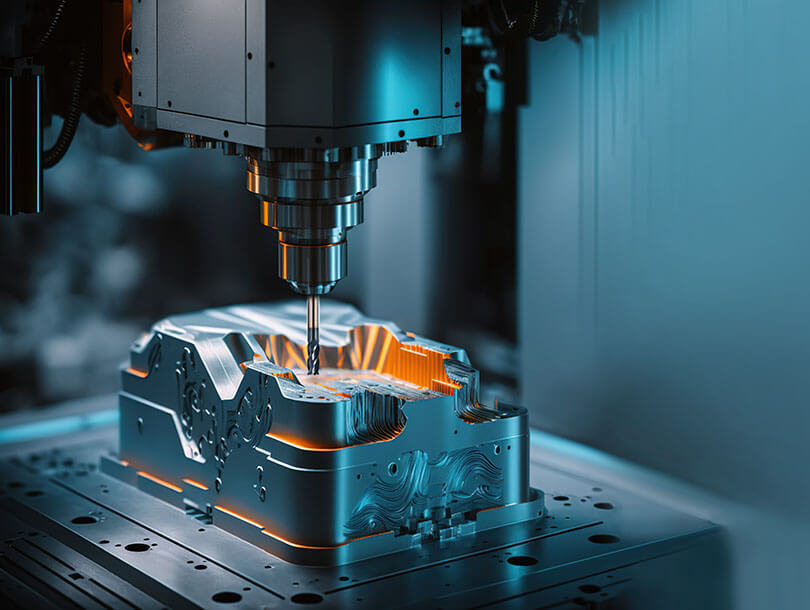
5.Inspection Tools and Methods in CNC Machining
Different tools and methods can be used when inspecting CNC machined parts.
1) Dimension and Tolerance Measurement Tools
For CNC machining manufacturers, accuracy and dimensional perfection are necessary. These tools include both modern and traditional tools.
- Coordinate Measuring Machine (CMM)
A coordinate measuring machine is a powerful measuring device that uses a contact probe to set random points on the measuring surface. It uses trigger or laser scanner technology to create a digital plan view of the part and provide accurate measurements. To use a coordinate measuring machine, you must be familiar with using CAD models to compare measurement data with the intended design.
- Traditional Measuring Tools
To measure quality CNC machined parts, we can also use traditional tools such as calipers and micrometers, which are easy to use and valuable in dimensional measurement.
2) Surface Finish Inspection
Inspecting the surface of a machined part ensures its quality and functionality. There are a variety of techniques that can be used for surface inspection, such as visual inspection (one of the simplest and most effective techniques) and eddy current testing.
3) Hardness Tester
If the material hardness is unknown, testing is required to ensure that it meets the hardness requirements. There are a variety of techniques that can be used in hardness testing, such as Brinell hardness and Vickers hardness.
4) Visual Inspection
Visual inspection may be one of the most effective inspection methods, but it requires an experienced manufacturer who is proficient in using tools such as endoscopes and microscopes to verify all product parts by comparing with engineering drawings, especially angles, holes and geometric tolerances.
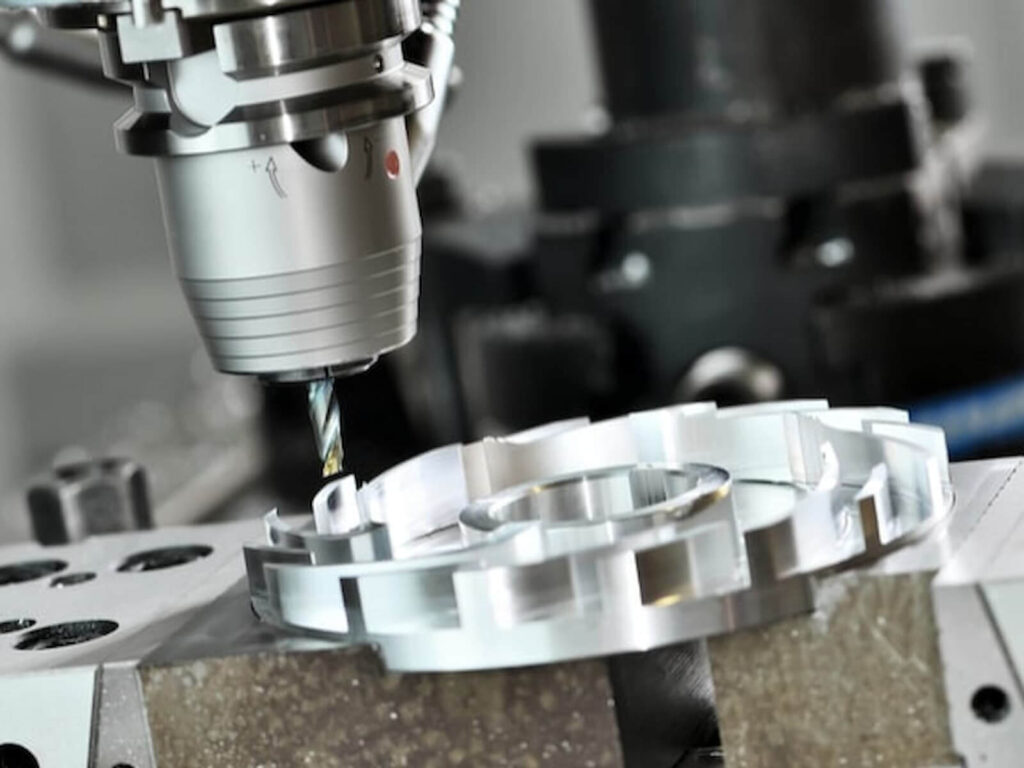
6.Xavier Ensures Your CNC Machining Project Meets Strict Standards
At Xavier, we always understand the importance of quality control in quality CNC machining. Our comprehensive CNC machining services provide advanced technology to ensure high-quality products.
Quality is our commitment, and we always guarantee strict quality control for all your machining projects.
7.Conclusion
The key to any successful manufacturer is product quality, which requires implementing quality control and inspection in every part of the manufacturing process and staying up to date on inspection techniques and methods using the latest tools.
If you are looking for an experienced CNC machining manufacturer, Xavier is your ideal choice. The Xavier team is well-equipped to provide high-quality CNC machining solutions. If you need more information or to discuss your machining needs with us, please feel free to contact us.
